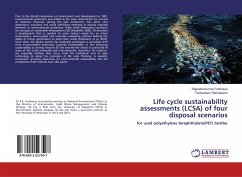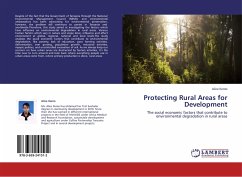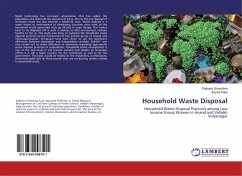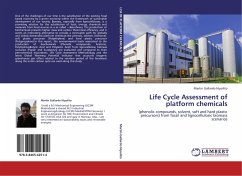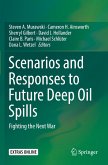Prior to the World Commission on Environment and Development in 1987, environmental protection was hailed as the main determinant for survival of mankind. However, during the said conference, two other vital dimensions: economy and social well-being emerged as equally essential elements to environmental protection. These three dimensions constitute the concept of sustainable development (SD) (Kloepffer 2008). SD describes a development that is capable to cover today's needs for an intact environment, social justice and economic prosperity, without limiting the ability of future generations to meet their needs (Finkbeiner et al. 2010). Since then, the global society has gradually undergone a paradigm shift from environmental protection towards sustainability. In fact achieving sustainability or striving towards SD has become the motto in practically all areas of life, both nationally and internationally. Industries, for instance, are gradually shifting their focus from the traditional end of pipe technology to adopt the principles of life cycle thinking. In parallel, consumers' growing awareness on environmental sustainability and the competitive trade markets have also paved
Bitte wählen Sie Ihr Anliegen aus.
Rechnungen
Retourenschein anfordern
Bestellstatus
Storno

